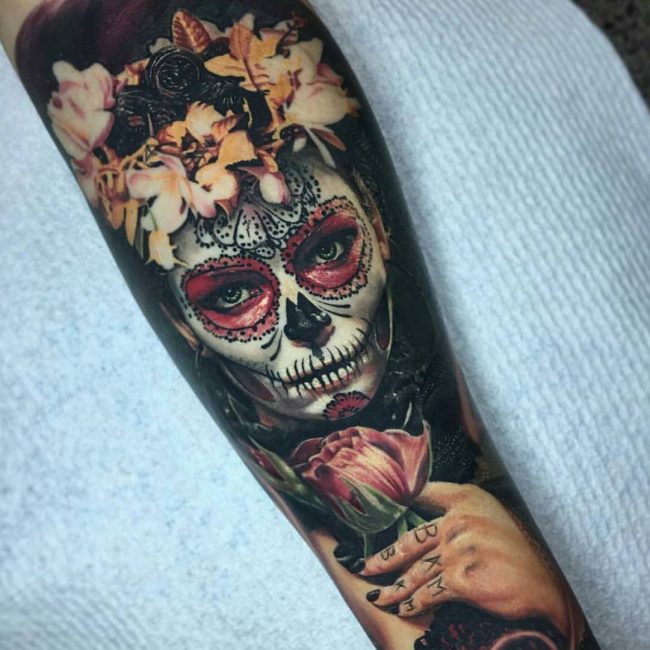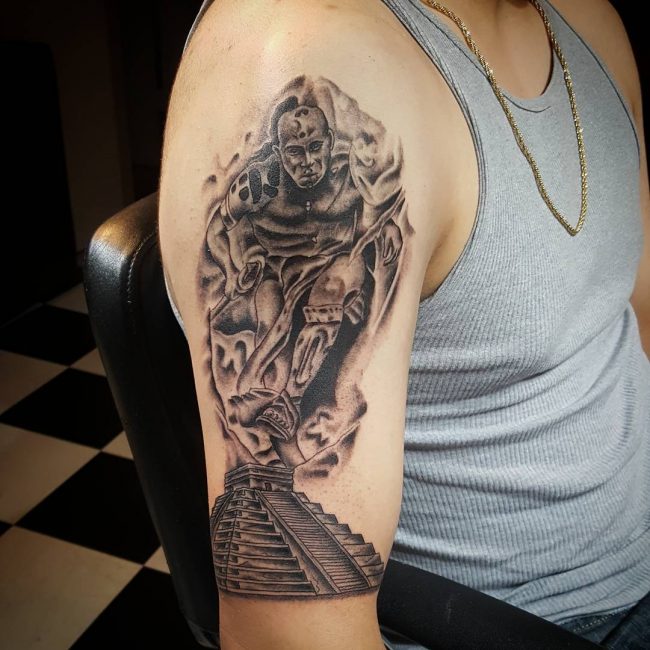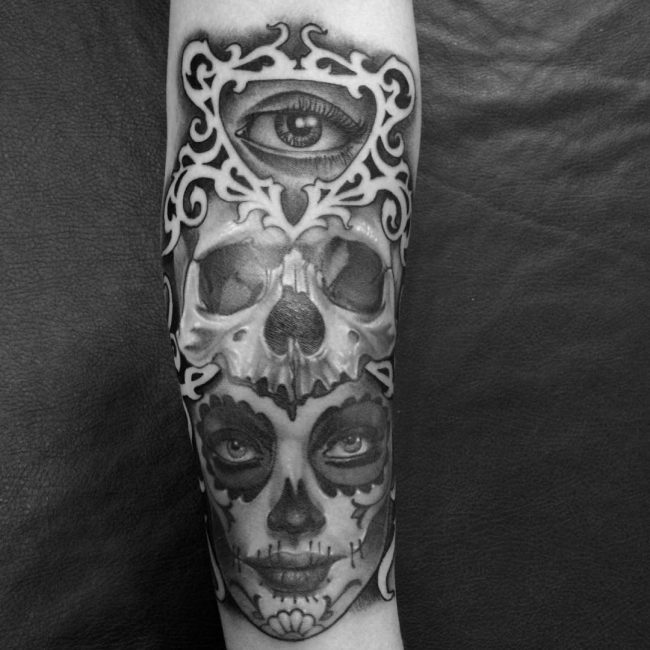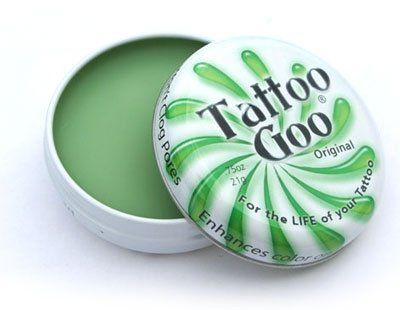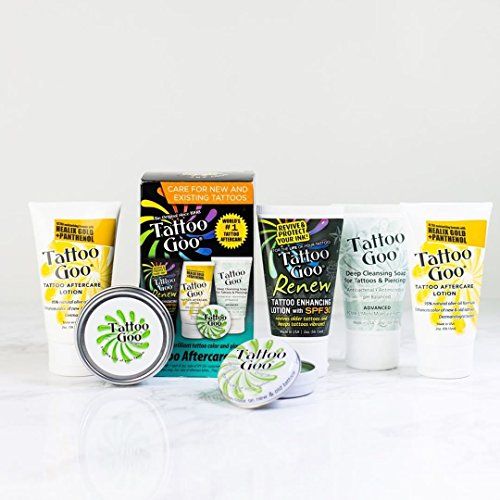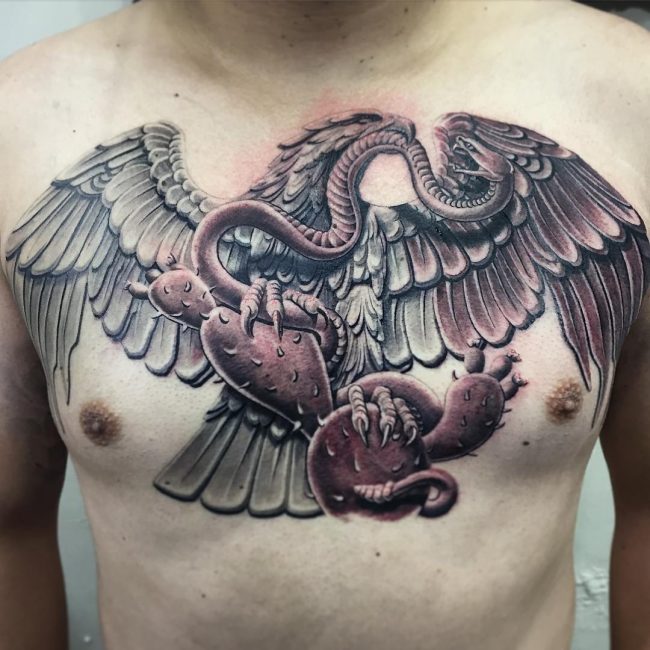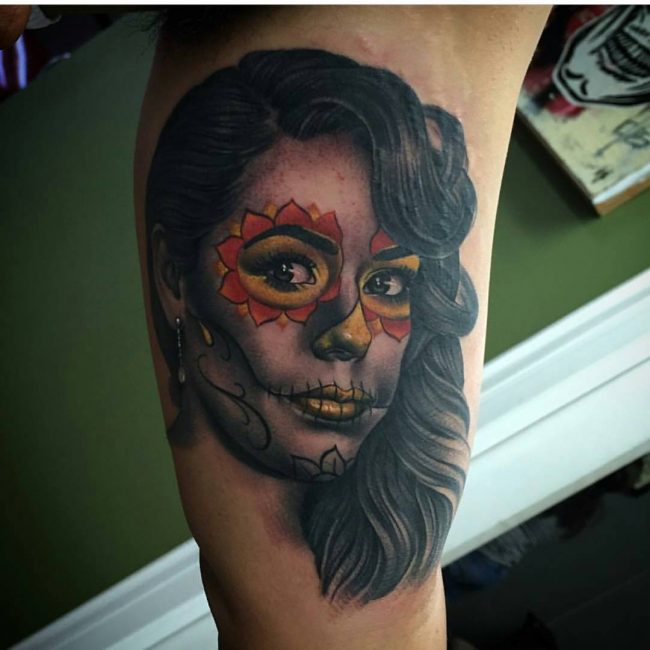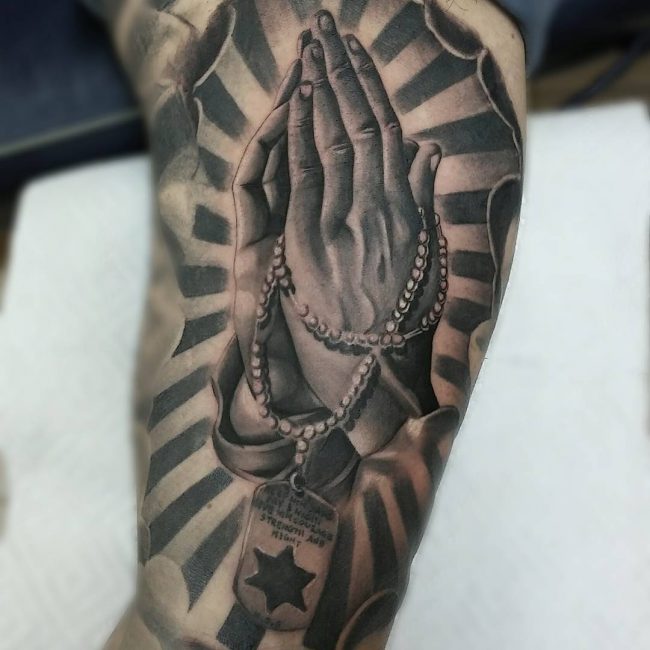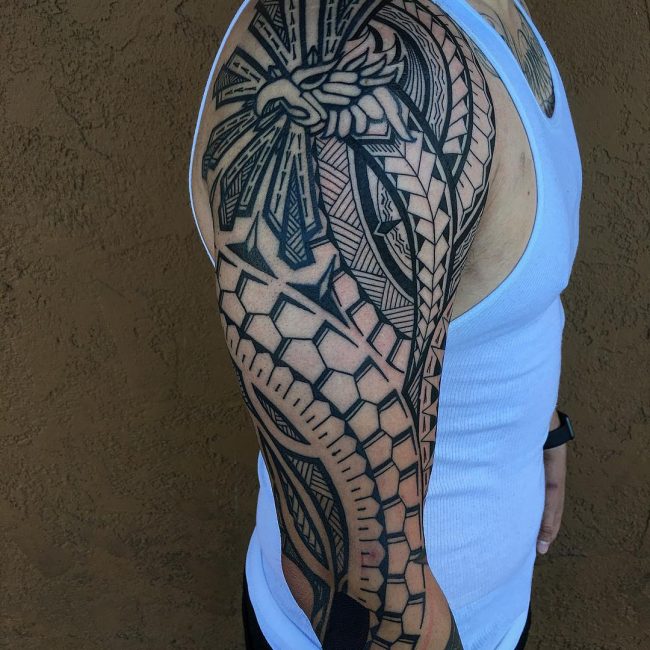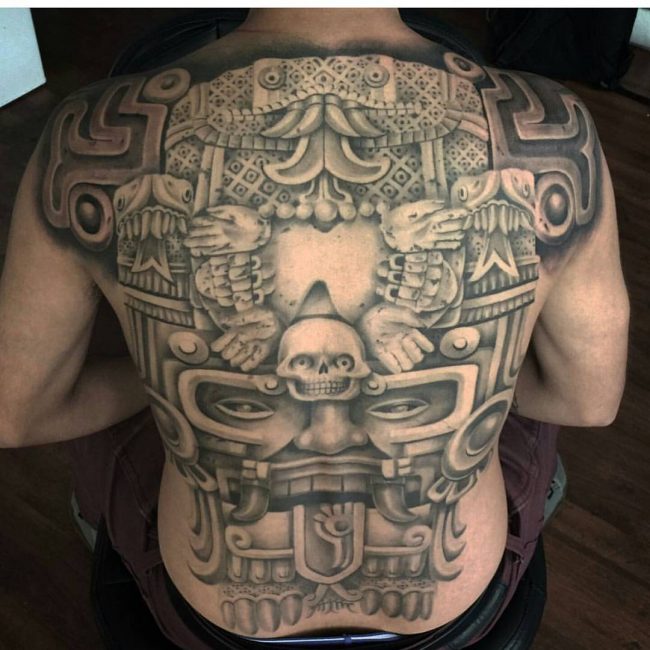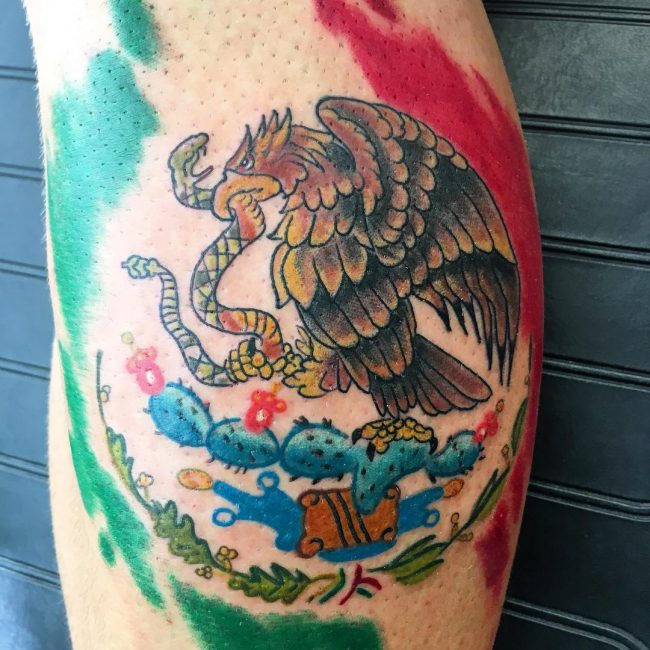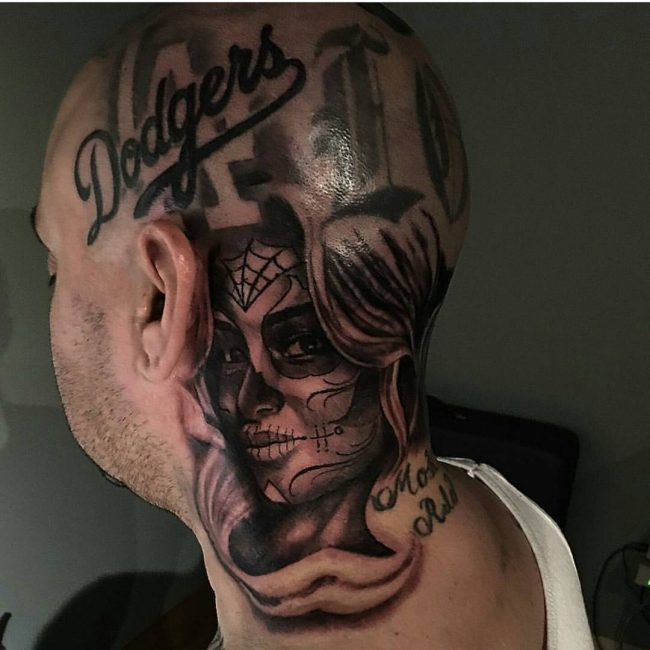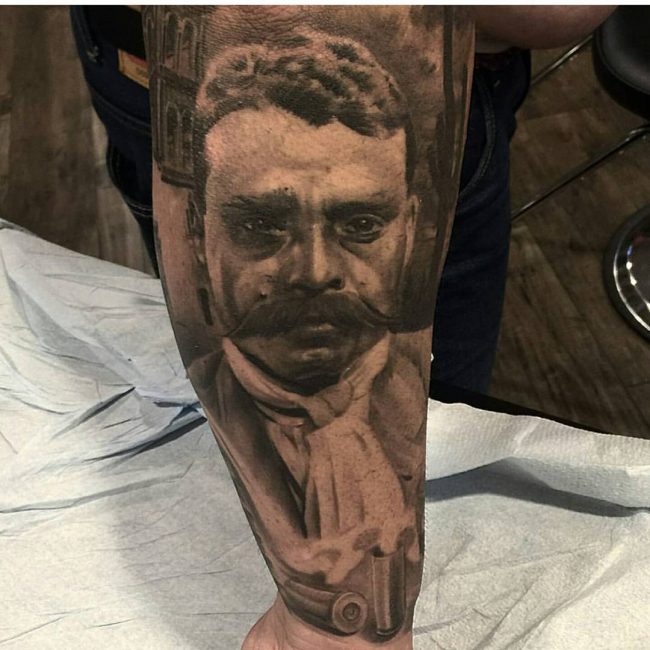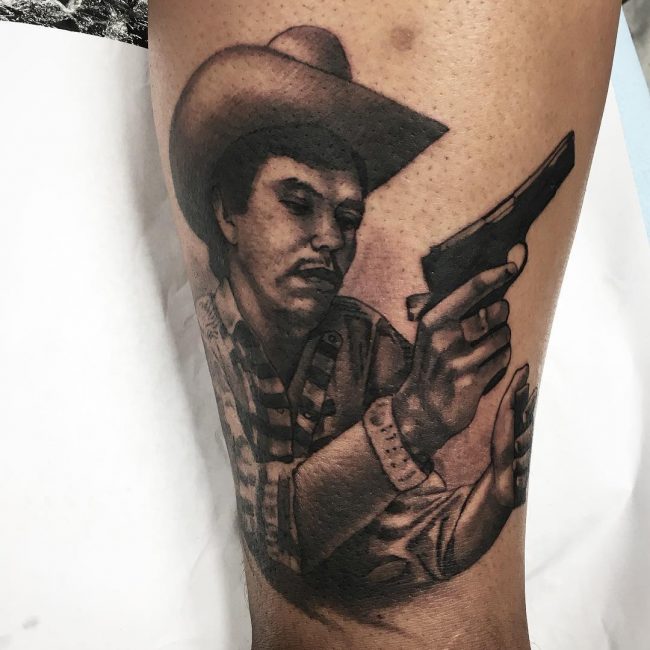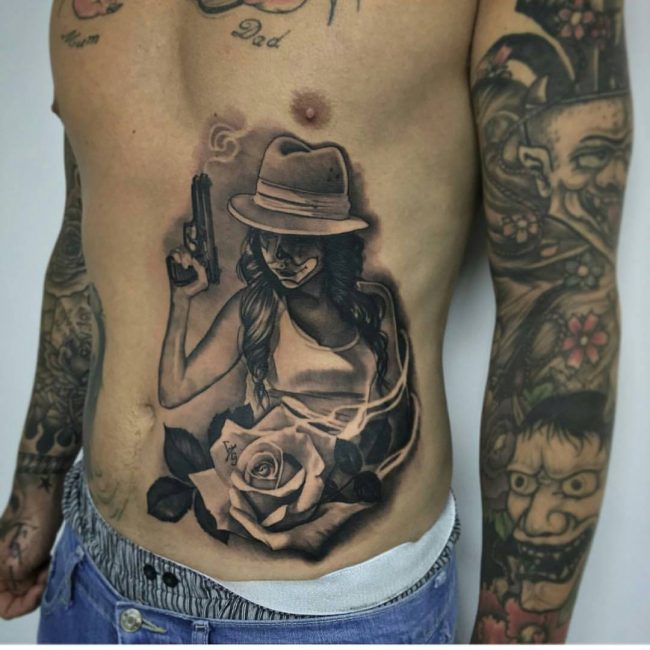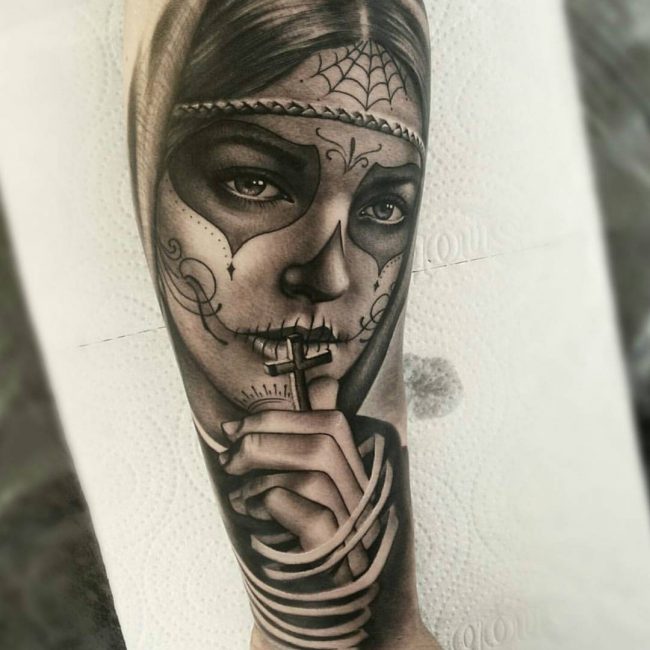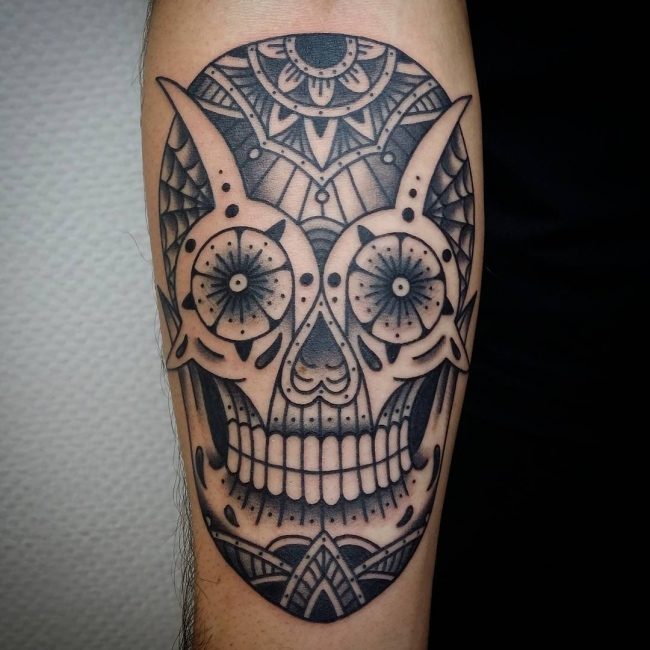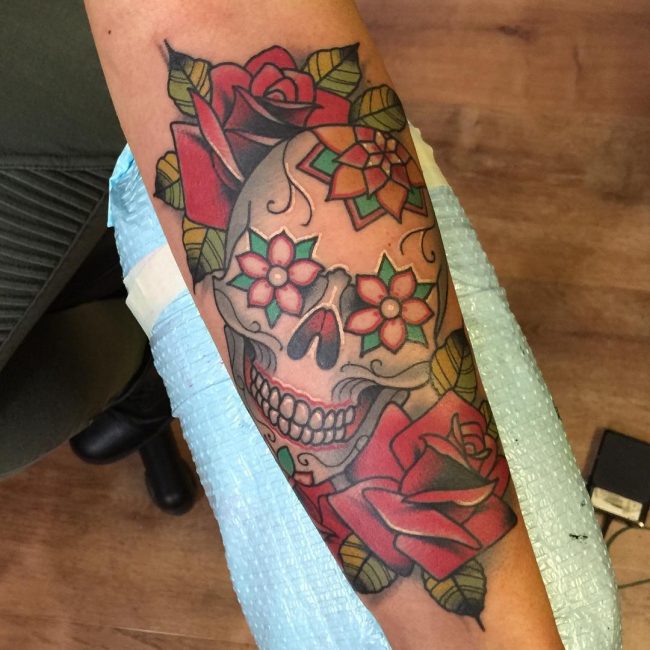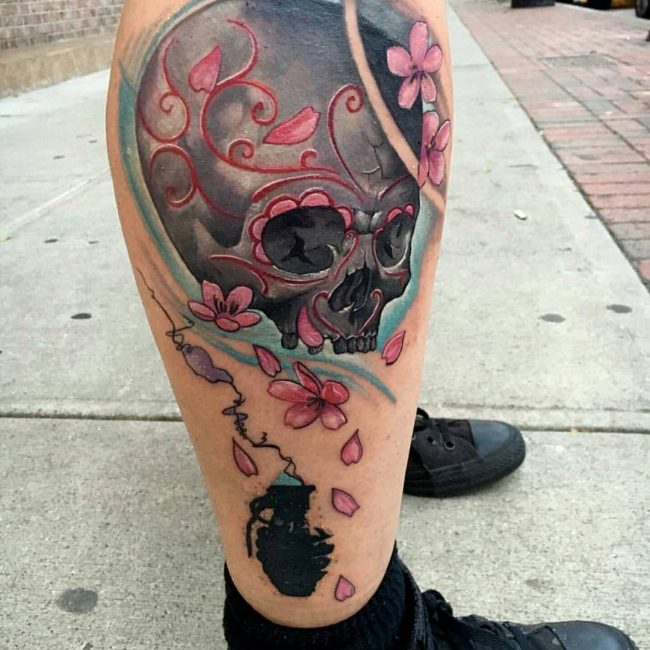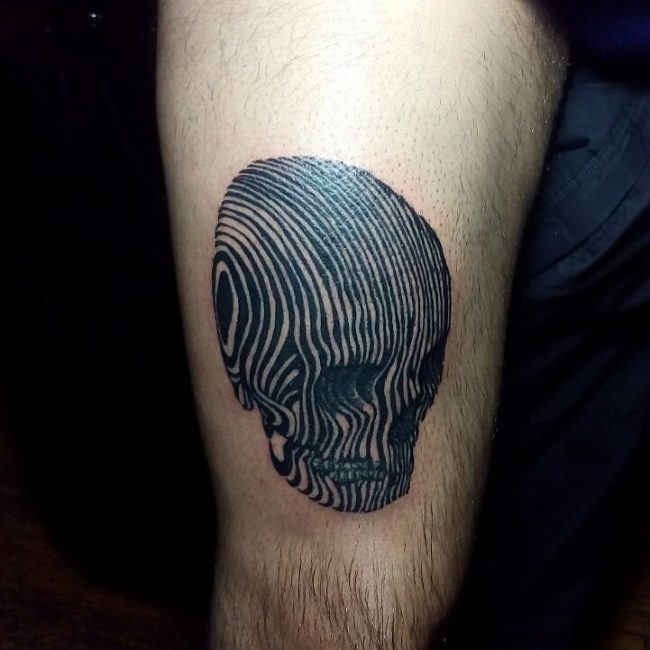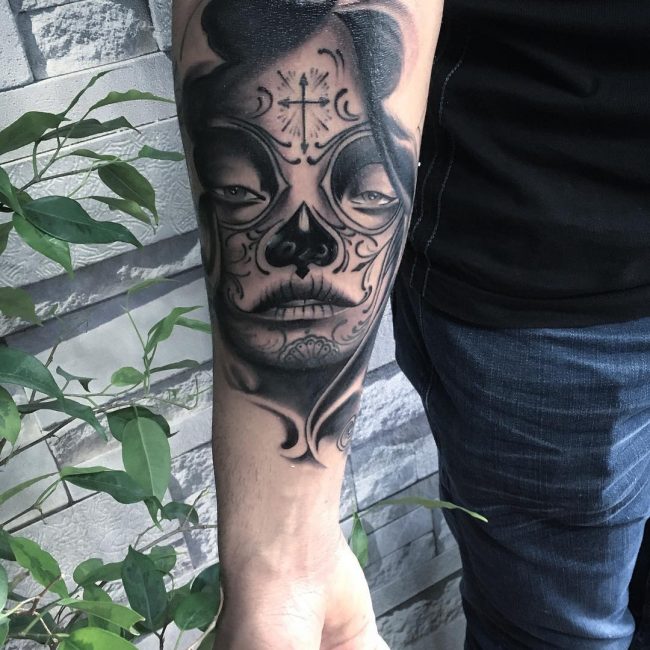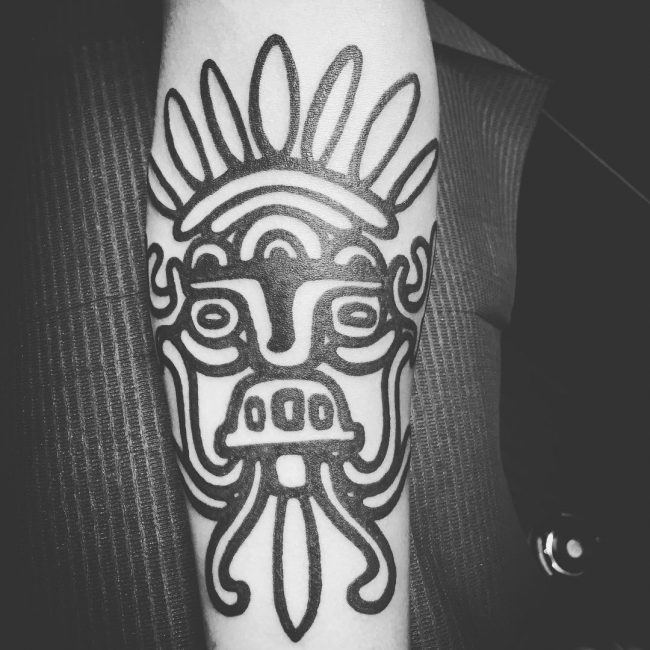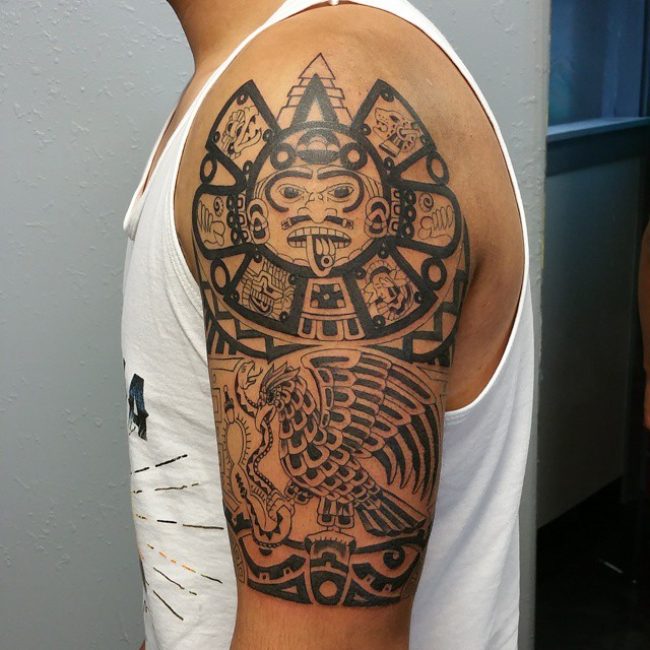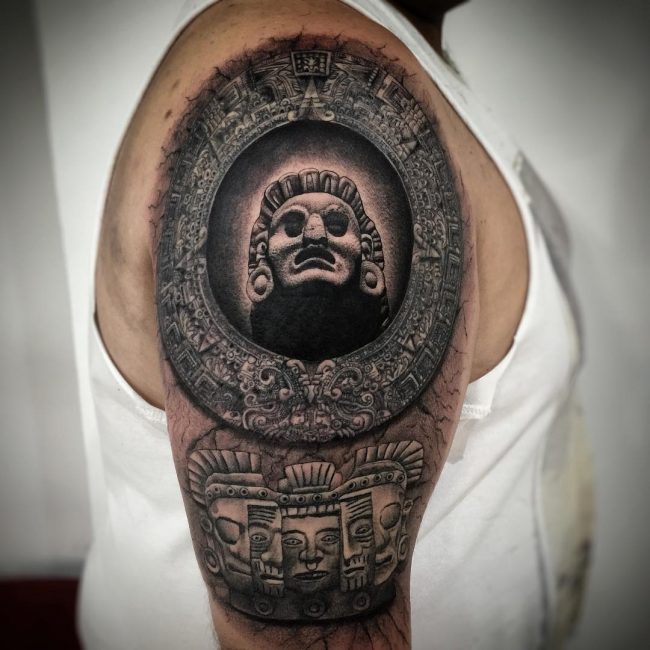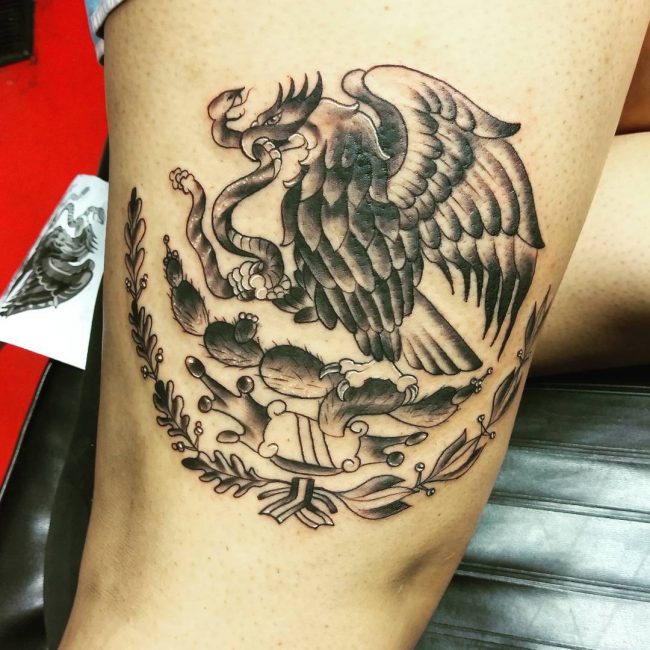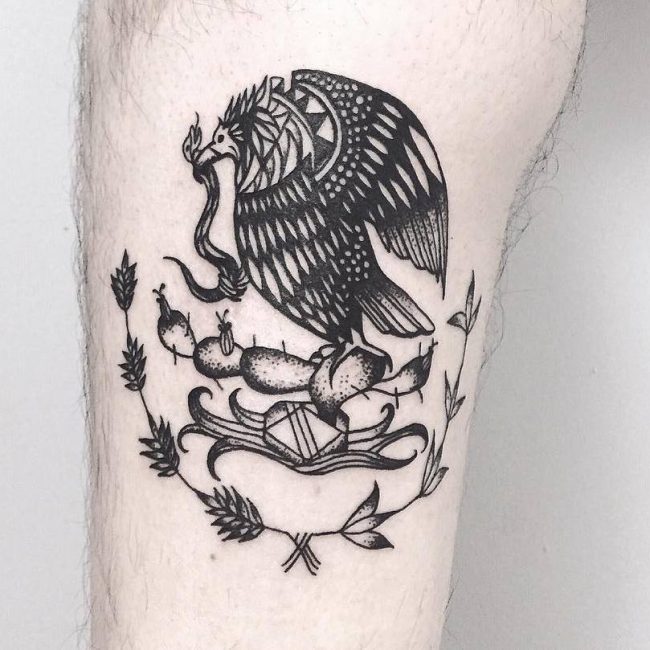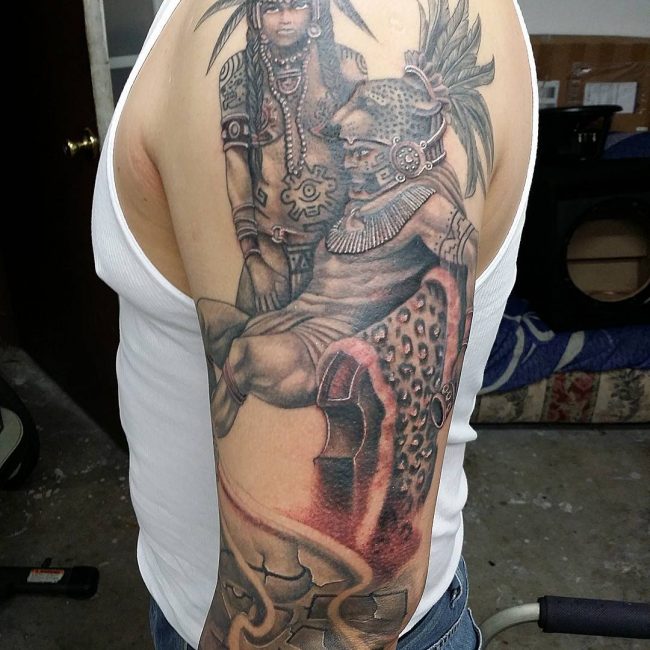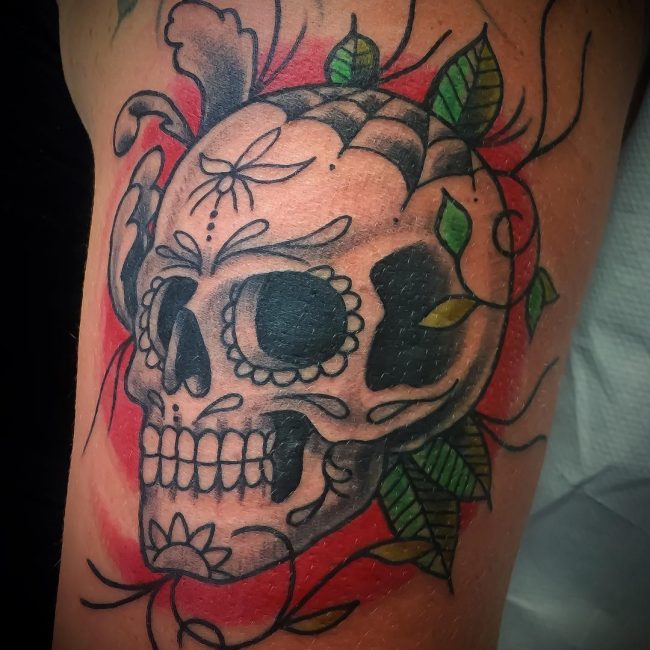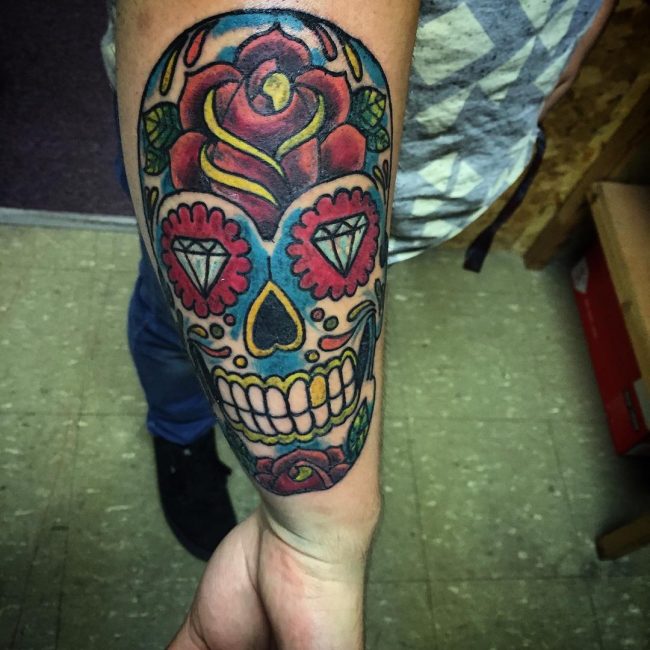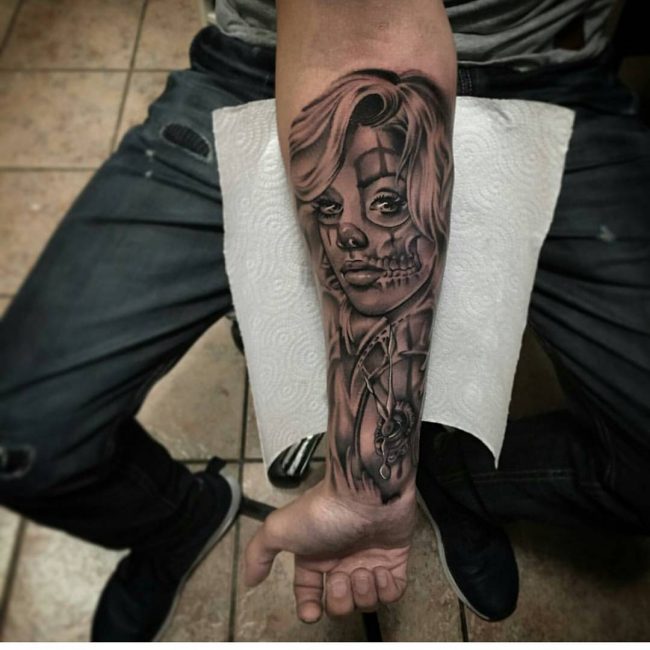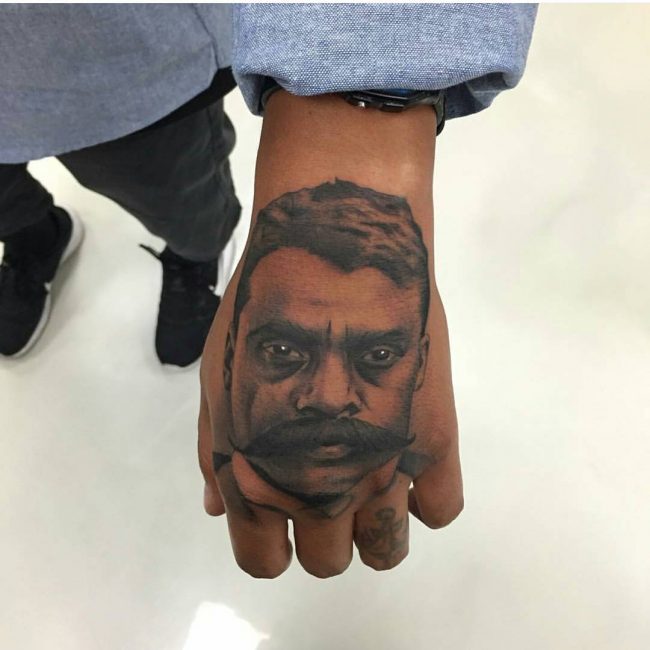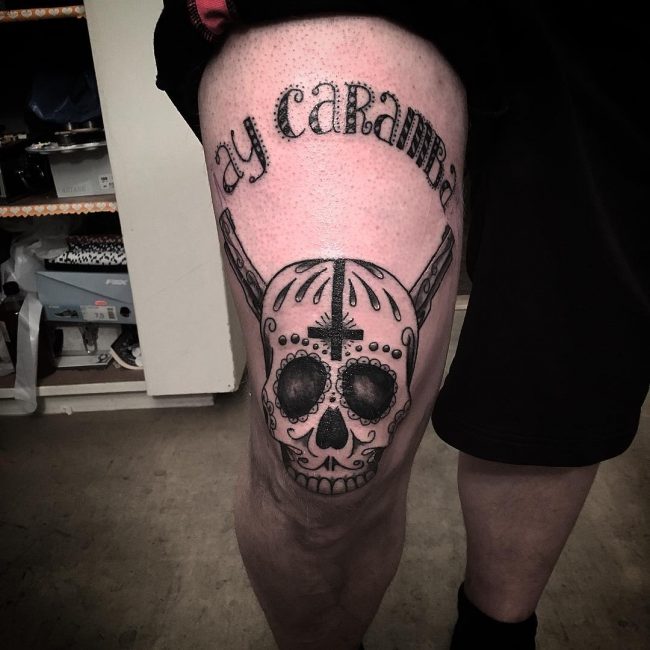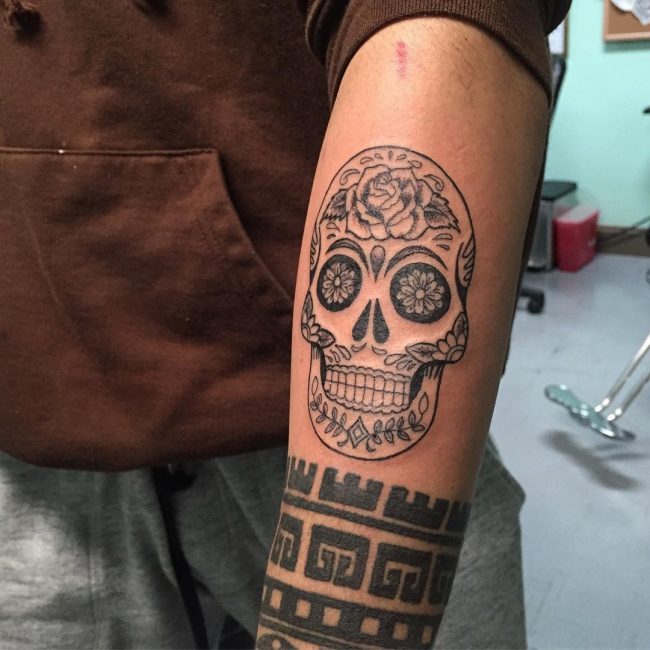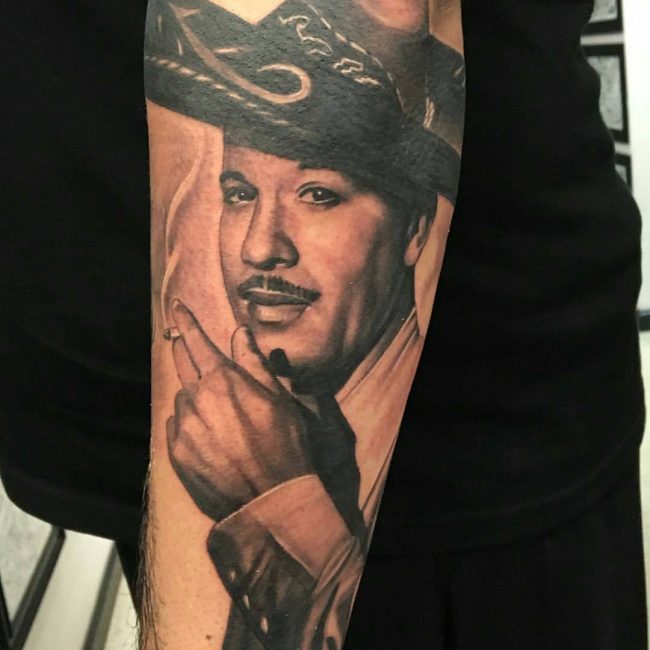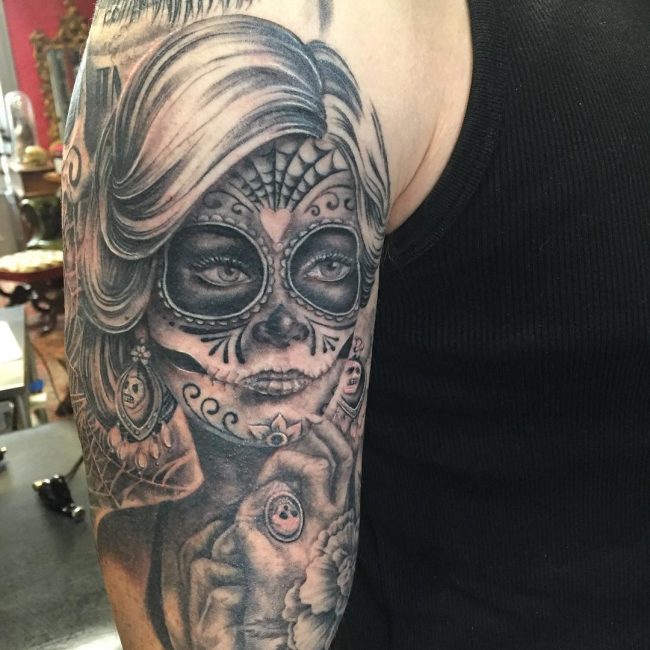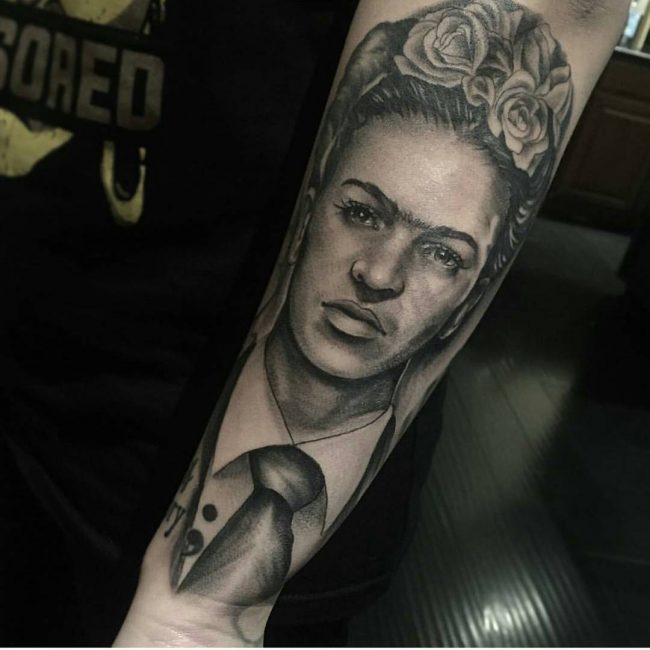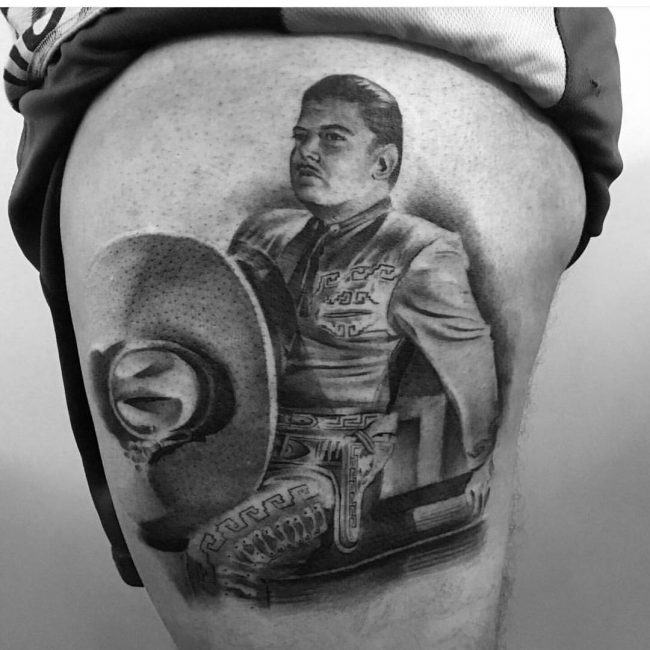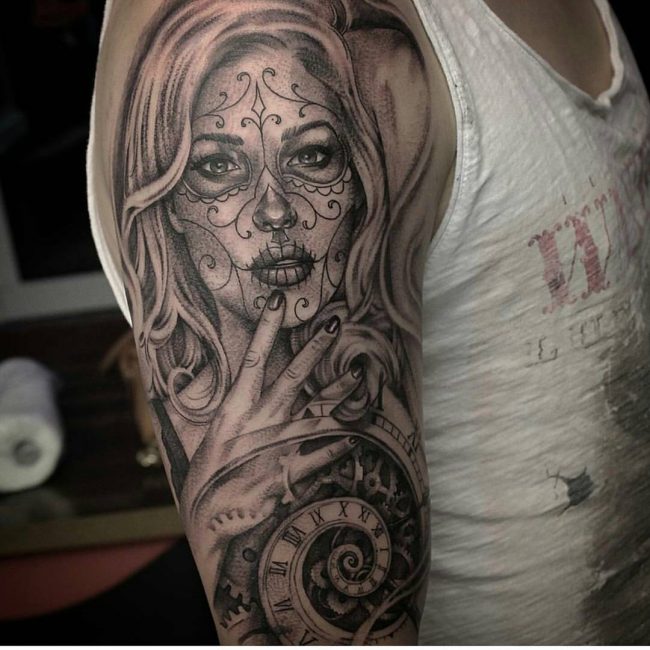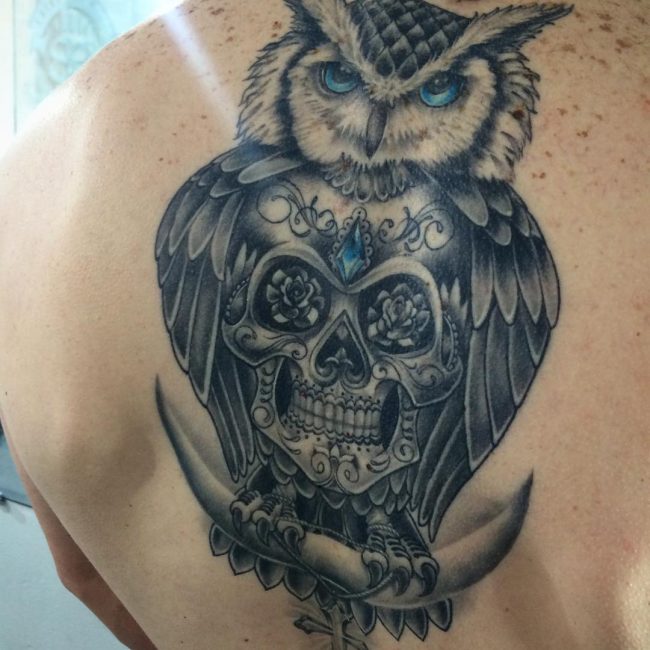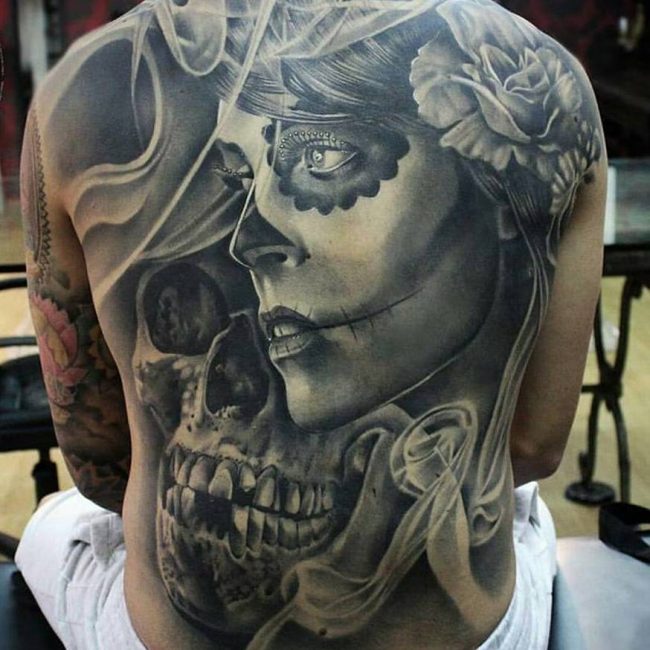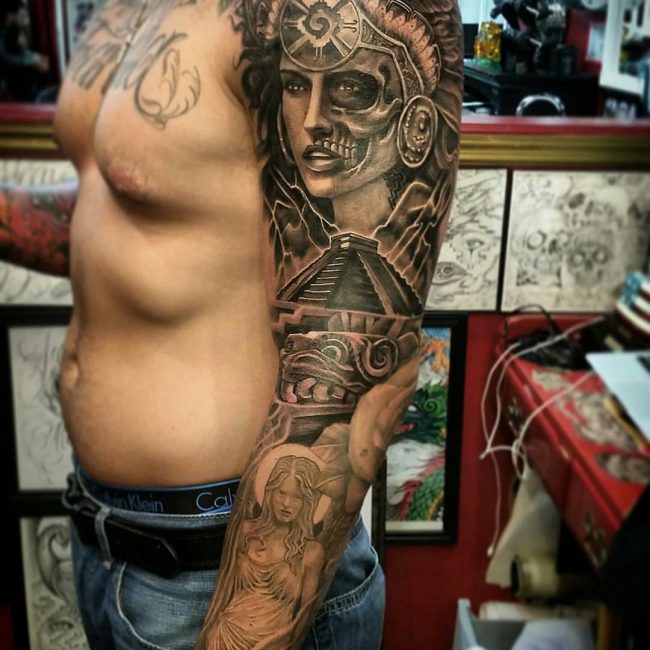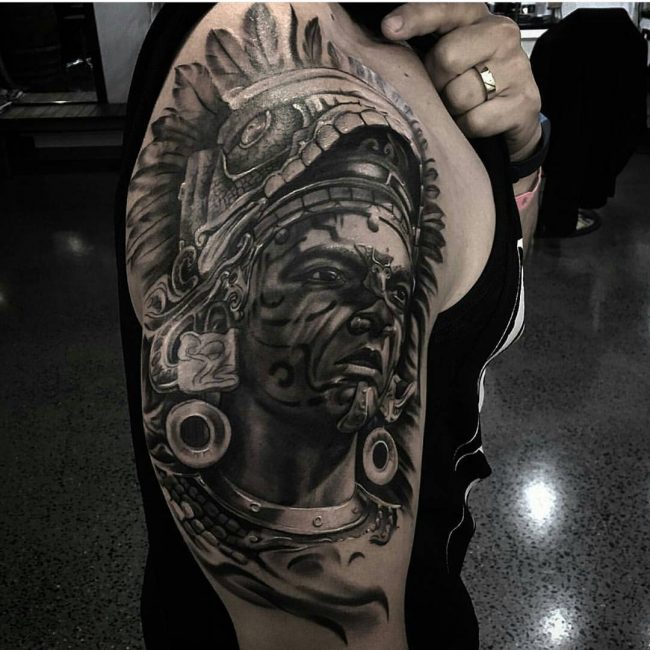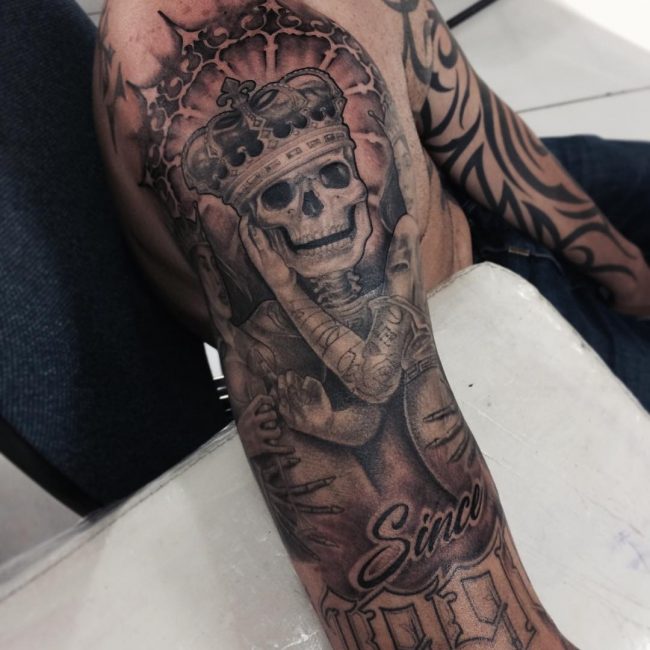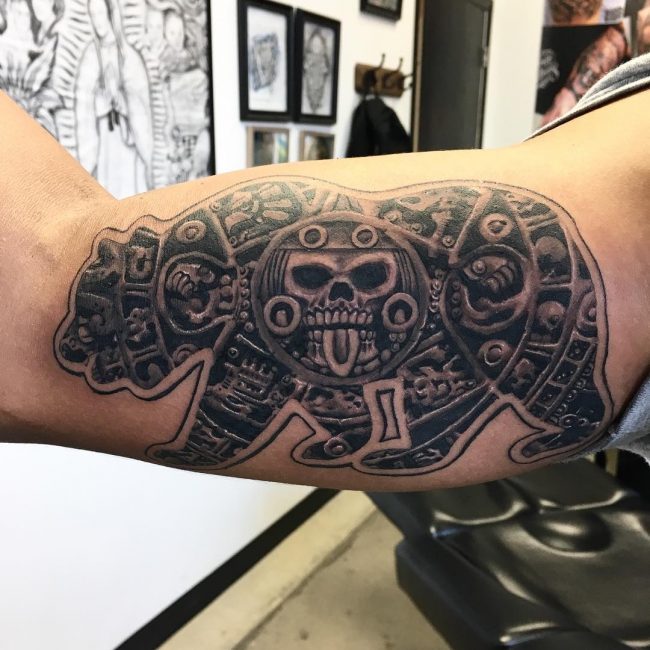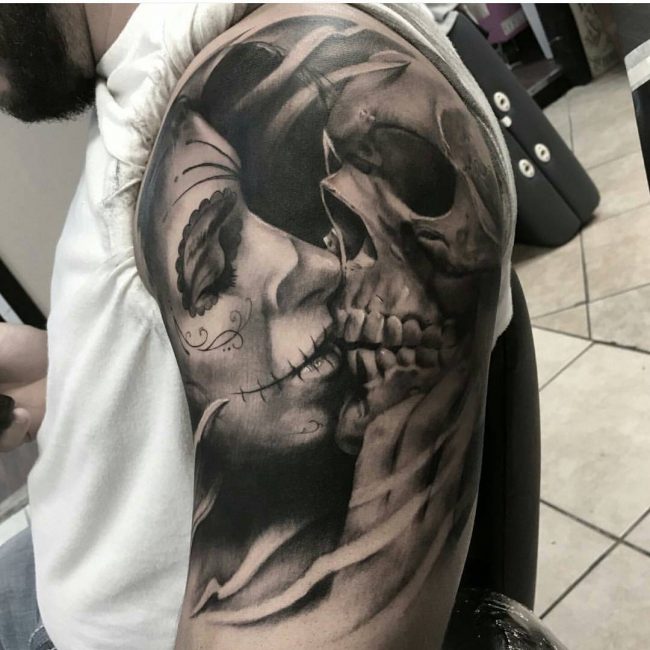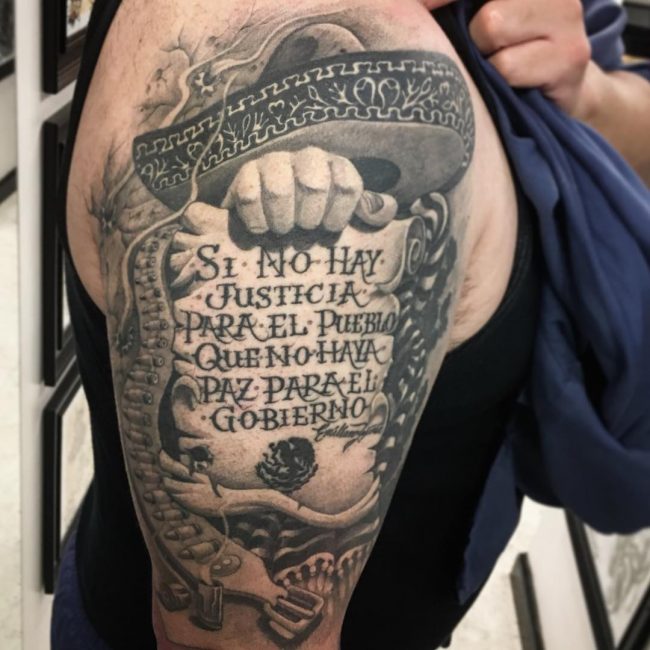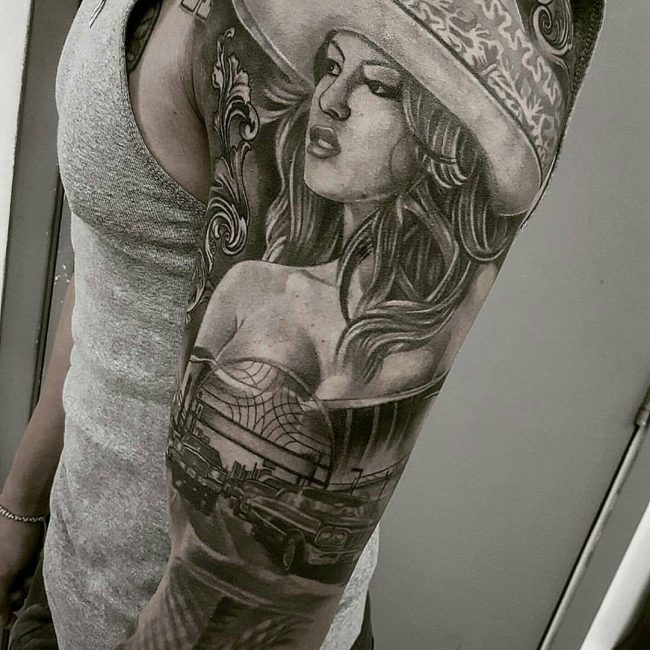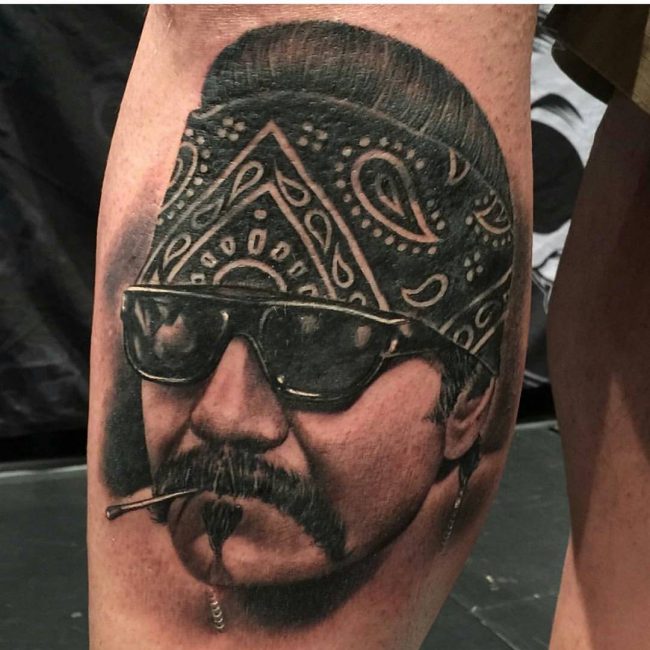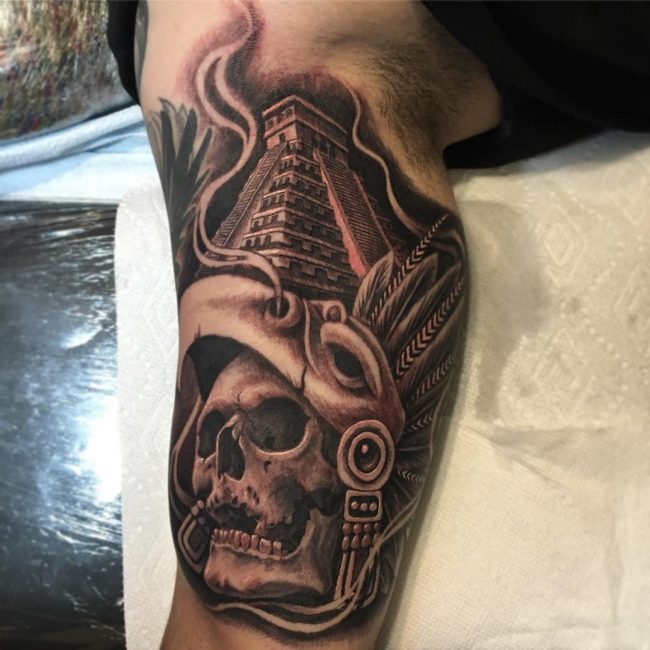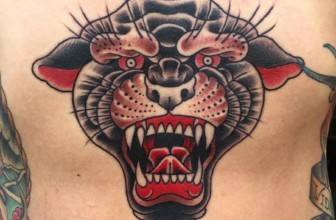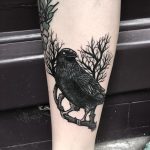50 Bold Mexican Tattoo Ideas for Men – The Iconic Prominence of Culture
Mexican tattoos bear a rich history of the Mexican culture in themselves. Although hundreds of years have passed by, these tattoos are still strongly influenced by the Aztec and Inca designs and the various religious cultures of the Mayans of the earlier days. Most Mexican tattoo designs are bold and fierce. They are inspired primarily by three things, Aztec artifacts, religion and finally the Underworld. Iconic skull designs and prominence of headdresses are seen in the Mexican tattoo designs that are mostly done in shades of gray and black.
Contents:
History of Mexican Tattoos
A common belief is that the Mexicans had taken up the art of tattooing a mere hundred years ago. The fact is that the use of tattoos had started in the Aztec and the Mexican tribes used tattoos as means of ornamentation way back in the 14th century. During those days tattoos were also a form of defense wherein the tribesmen used them to terrorize their enemies during a battle. Tattoos were also a mode of paying respect to the gods and dead. The Aztecs, the Incas, as well as the Mayans, had been tattooing the images of the sun, the moon, or the eagle as an attempt to pay respect to these gods.
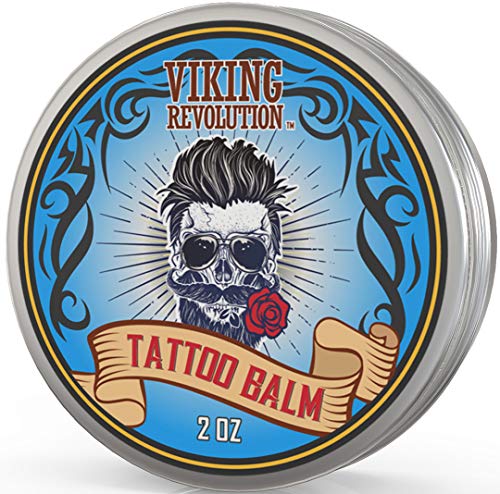
$ 9.88
11.99
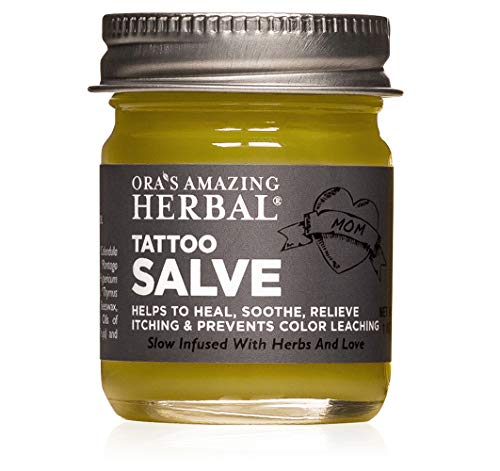
$ 12.97
13.99
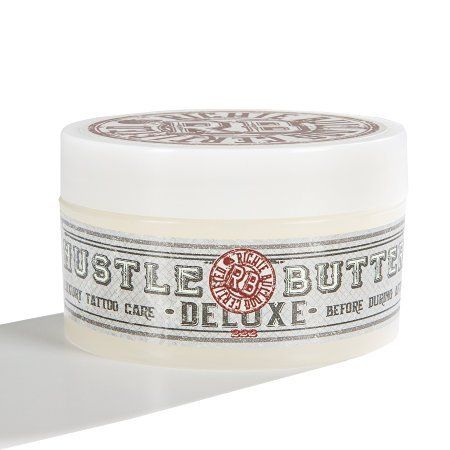
$ 19.99
20.99
Later in the 1950s, a new genre of Mexican tattoos got started in the form of Mafia tattoos. These tattoos were bold, fierce and fearless in nature. Initially meant as means of identification as a member of a particular mafia gang, the prison tattoos and mafia tattoos soon gathered enough popularity.
back to menu ↑Meaning of Mexican Tattoos
While every tattoo design has got its own meaning, broadly speaking the Mexican tattoos have one common factor in them. Either all of the designs have a definite religious background to them or they speak of the political beliefs of the individual. As you go through the various designs of the tattoos, you would be getting to understand the meanings in details as well.
back to menu ↑The Common Designs of Mexican Tattoos
The designs of a typical Mexican tattoo can be broadly classified into two categories, religious and nonreligious. The religious tattoos include the various imagery and artifacts from the Aztec, Inca and Maya Empire. It includes the sun god, the warrior god, and the other natural forces. A common religious design is the design of the Virgin of the Guadalupe. Unlike the usual black and gray shades, this design is usually colorful with the colored image of Our Lady of Guadalupe.
Another common design of any Mexican tattoo is the Aztec designs. As Aztec culture finds prominence in present day Mexican life, the tattoos goes hand in hand to that. The most common Aztec design is a calendar, characterized by a face in the center representing the sun. Other common Aztec designs on Mexican tattoos include bare-fanged feathered snakes, feathered skulls or faces of people with prominent feather headdresses. While the snakes represent Quetzalcoatl, the god who governed the winds, storms, arts, merchants and knowledge, the feathered skulls or heads represent the warriors or priests of the past.
While talking about the nonreligious Mexican tattoos you will have to classify them into three different categories. These would include the Mexican pride tattoos, the Mexican prison tattoos, and finally the Mexican political tattoos. The Mexican pride tattoos basically reflect the pride of the Mexican people about their flag. These tattoos bear the Mexican flag, which is a matter of ultimate pride for any Mexican, especially for those who have now migrated to the Unites States of America. Sometimes the designs of the pride tattoos feature images of converging Mexican and American flags, thereby promoting better relations between the two countries.
The Mexican mafia tattoos were first used in the 1950s when the mafia gang was formed. The Mexican Mafia members got similar designs of tattoos on them so that they could be differentiated from the other gangs, especially from the rivals. Interpreting the tattoo’s design could tell you a lot about the person.

$ 9.88
11.99

$ 12.97
13.99

$ 19.99
20.99
Like the Mafia tattoos, the Mexican prison tattoos also tell the unspoken story of the wearer’s life. A teardrop design would signify that either the wearer was sentenced to a long period of prison or had committed a murder. Another design that signifies a long term in the prison is the cobweb design. The Five point crown design was the symbol of the Latin Kings gang, the largest Hispanic gang based out of Chicago in the US. Another very common design includes the tattooing of the letters ‘La Eme’ which symbolizes the Mexican Mafia, the most ruthless prison gang in the US. Other common prison designs include MS 13, Playing cards, Cross on the Chest, 1488, A.C.A.B and so on.
Sugar skull design: As you read about the designs of Mexican tattoos, you would not be done unless you have read about the Sugar skull design. These tattoos are usually fairly large sized as they contain a good amount of details in them. They carry an intense meaning. They represent the Day of the Dead’ or Dia de los Muertos’, which is a day meant to pay respect to the dead. It is a religious custom with its roots both in Aztec as well as Roman Catholic traditions.
Usually, the sugar skull tattoos are designed with roses, sequins, and vines. The size of the sugar skull generally represents the age of the deceased. If the skull is a small one, that is meant to commemorate the death of a child and if it is a large one, it is meant for an adult. Sugar skull girl tattoos bear the faces of deceased females whom you may want to commemorate.
A Mexican tattoo tells a lot about the personality of the wearer. It talks about his religious beliefs, his political inclination and expresses his pride, love, and hope. These tattoos also serve as a mode of paying respect to the dead or to remember them with heavy hearts. Thanks to the distinct taste of culture that they carry, a Mexican tattoo can be recognized in any country where it is seen.

